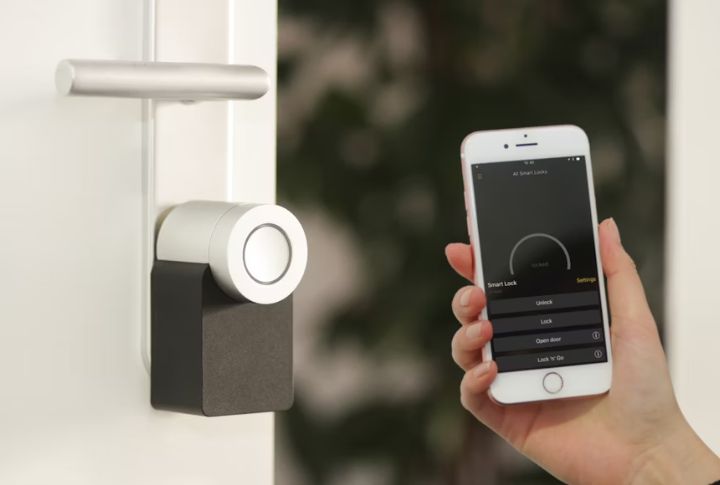
Not everything you hear about keeping your home safe is true. Some tips are outdated, while others were never accurate from the start. Relying on them can leave your property vulnerable without you even realizing it. Many homeowners fall for these 10 common myths, and understanding them early will keep you safe.
Living In A Safe Neighborhood Means You’re Safe
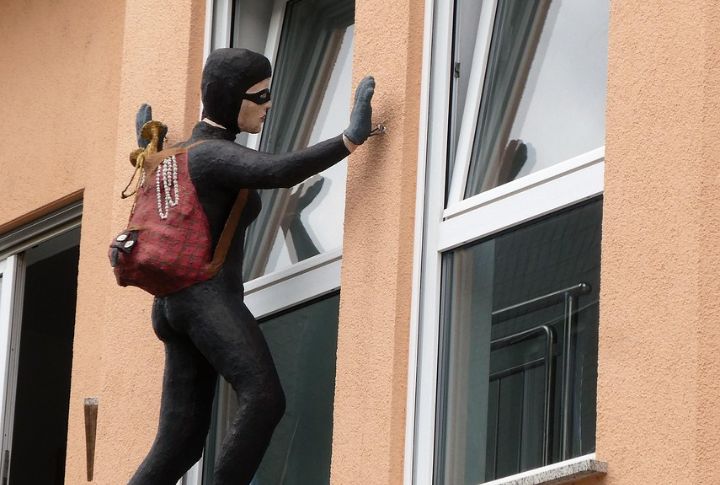
Suburban and upscale areas file theft claims as frequently as cities, which means living in a safe neighborhood doesn’t guarantee actual protection. Criminals usually target quiet neighborhoods because residents feel too comfortable. Sadly, break-ins also happen through unlocked doors or windows, especially in areas where people assume nothing will happen.
Burglars Can Cut the Lines To Disable Your Security System
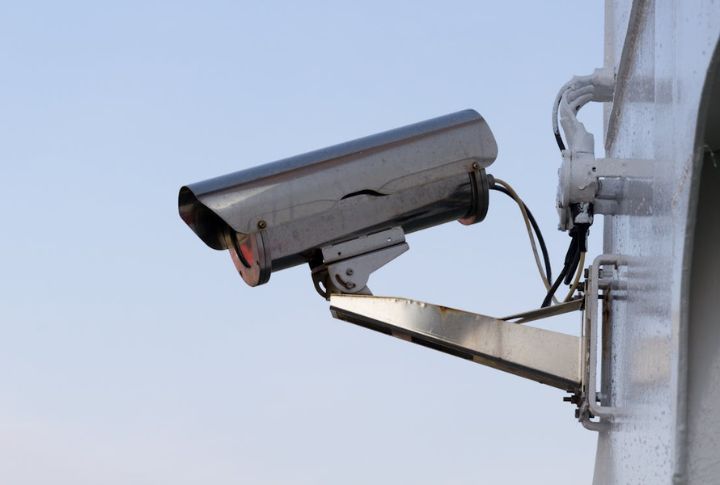
Modern security systems use wireless signals and cellular backups, so cutting phone lines or power doesn’t shut them down. Tampered alerts notify you immediately, and video footage is saved to the cloud. Even if equipment gets damaged, nothing is lost; therefore, wire-cutting fears are outdated and shouldn’t stop you from upgrading.
Home Security Systems Are Too Expensive
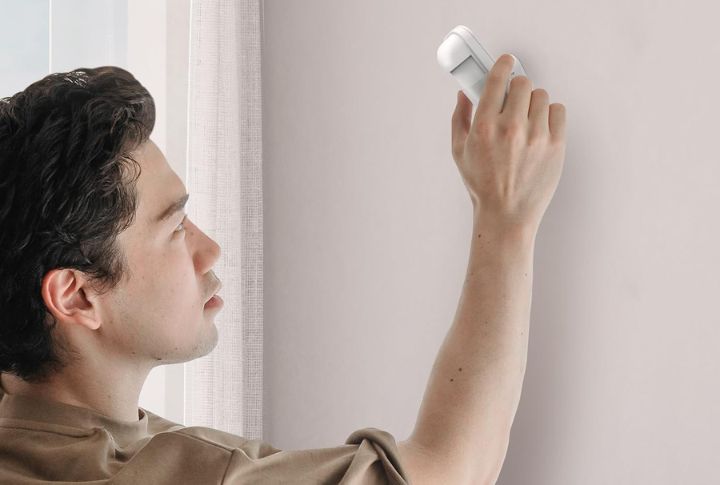
Homeowners often believe security systems are unaffordable, but prices have dropped significantly. Starter kits now cost under $200, and monthly monitoring can be as low as a movie night. With DIY setup and insurance discounts reducing overall costs, the “too expensive” excuse doesn’t hold up anymore.
You’ll Get Locked Into A Long-Term Contract

Most security companies now offer flexible, month-to-month plans at zero cancellation penalties, often giving you complete control. Even long-term contracts are optional and usually come with free equipment or lower upfront costs. DIY systems follow the same model, which makes them ideal for renters and short-term setups.
Installing A Security System Is Too Complicated

Modern wireless sensors attach easily to doors and windows, and mobile apps guide setup step by step. Most systems connect through Wi-Fi and take about 45 minutes to install. Still, many homeowners delay upgrades, assuming complex wiring is involved, when in reality, professional help is no longer necessary for setup.
Smart Home Security Is Easy For Hackers To Breach
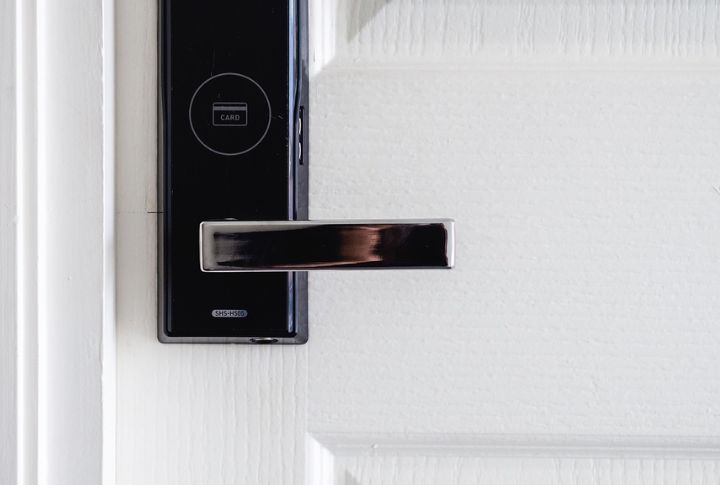
Intelligent security systems aren’t easy to hack. Most use bank-level encryption and include two-factor authentication by default. The real danger often comes from weak passwords or shared access. Headlines exaggerate cyber threats, but in most cases, it’s not anonymous hackers—it’s someone you know who still has your login details.
Wi-Fi Jammers Make Security Systems Useless

Only a handful of confirmed burglary cases have ever involved Wi-Fi jammers. Modern systems automatically switch to cellular or Zigbee networks when Wi-Fi gets disrupted anyway, and jamming doesn’t open doors or disable smart locks. The multiple backup layers system keeps your protection active at all times.
Only Expensive, Professionally Installed Systems Work

Professional systems aren’t the only reliable option anymore, as DIY kits now include motion sensors, cameras, and mobile alerts at a fraction of the cost. You can build and expand your setup wirelessly over time, all without contracts or installation fees. Many affordable brands even include professional monitoring as an optional upgrade.
Security Cameras Alone Are Enough
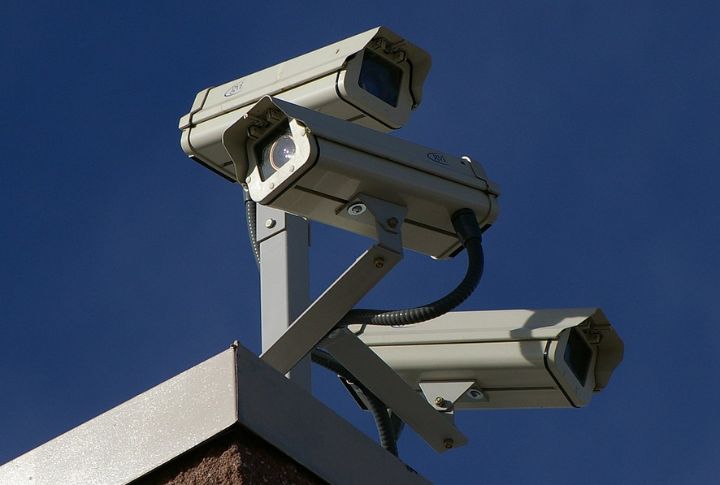
Over 60% of burglars admit cameras make them hesitate; still, most break in anyway because cameras record events — they don’t stop them. Without motion sensors or monitoring, there is no real-time alert or triggered alarms. Footage may help in identifying facts, but absolute protection means stopping intruders before they get what they came for.
Pets Trigger False Alarms Constantly
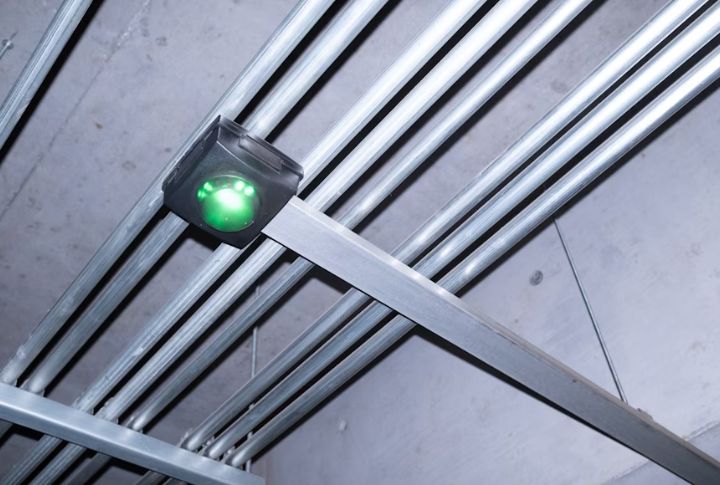
Modern motion sensors are built to ignore pets by using heat detection and movement patterns to tell them apart from humans. Adjustable weight settings ignore anything under 40 to 80 pounds. Some systems even use AI to refine accuracy. Your pets stay playful, and your system remains quiet.

